How to plant hosta seeds – for lush green leaves in shaded pots and borders
Experts share their top tips on growing these fabulous foliage plants from seed
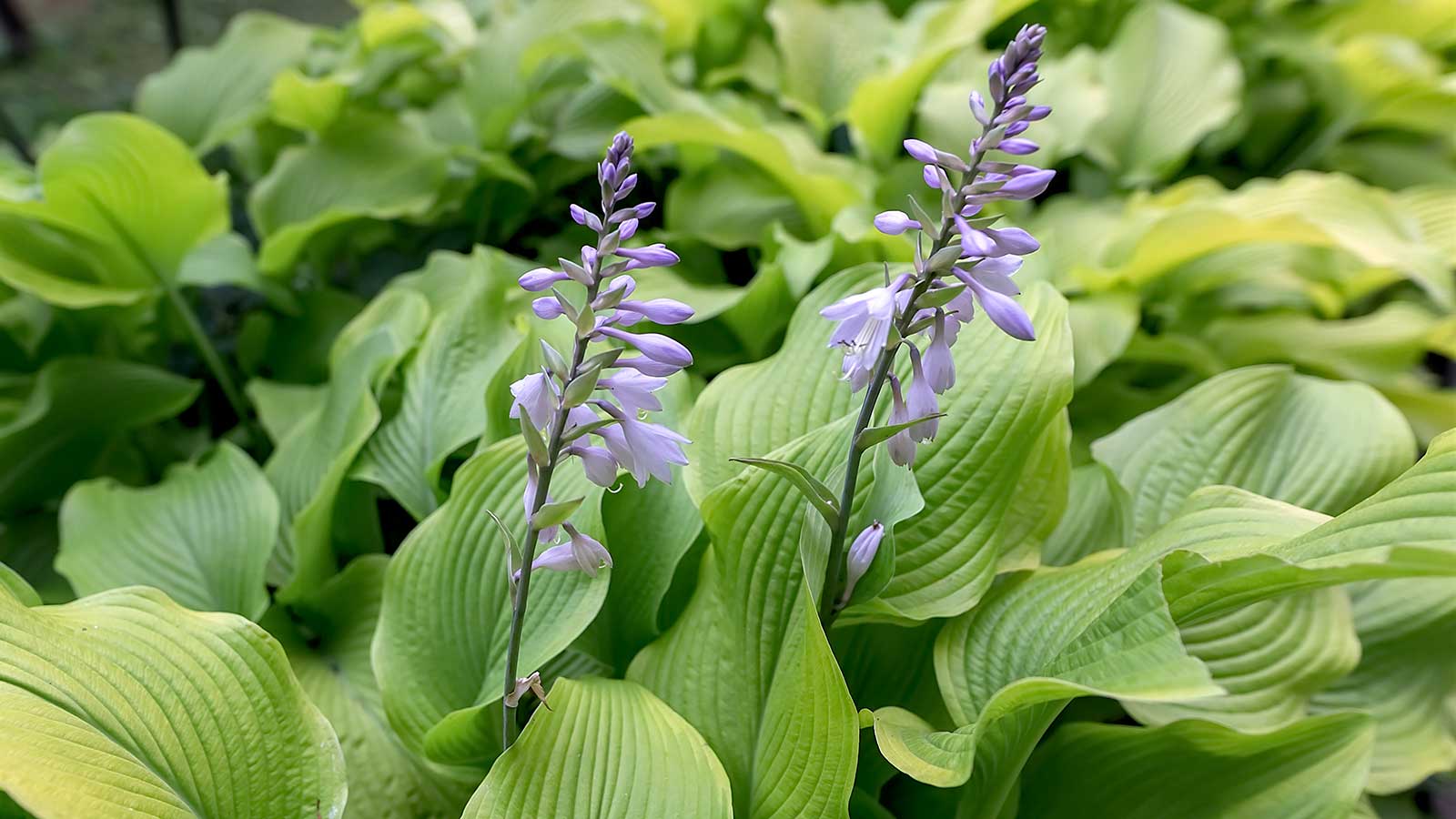

Hostas are a common go-to when choosing plants for shaded spots. Renowned for their striking foliage, with variegated, huge-leaved, and blue-tinged varieties all available, they are excellent for pots, at the front of borders, or for ground cover. And, in the summer, they also have pretty and upright flower heads in hues of purple or white.
For instant impact, pot-grown hostas can be picked up at a garden center or ordered online. But if you don't mind the wait, and fancy a bit more of a challenge, it's also possible to grow them from seed. This can be particularly beneficial if you already have plants growing, as collecting and sowing the seeds they produce in the fall can give you new plants for free.
Below, gardening experts share practical advice on sowing these herbaceous perennials successfully, including when to transplant them outdoors. Plus, there are tips on collecting the seeds from your garden plants.
How to sow hosta seeds
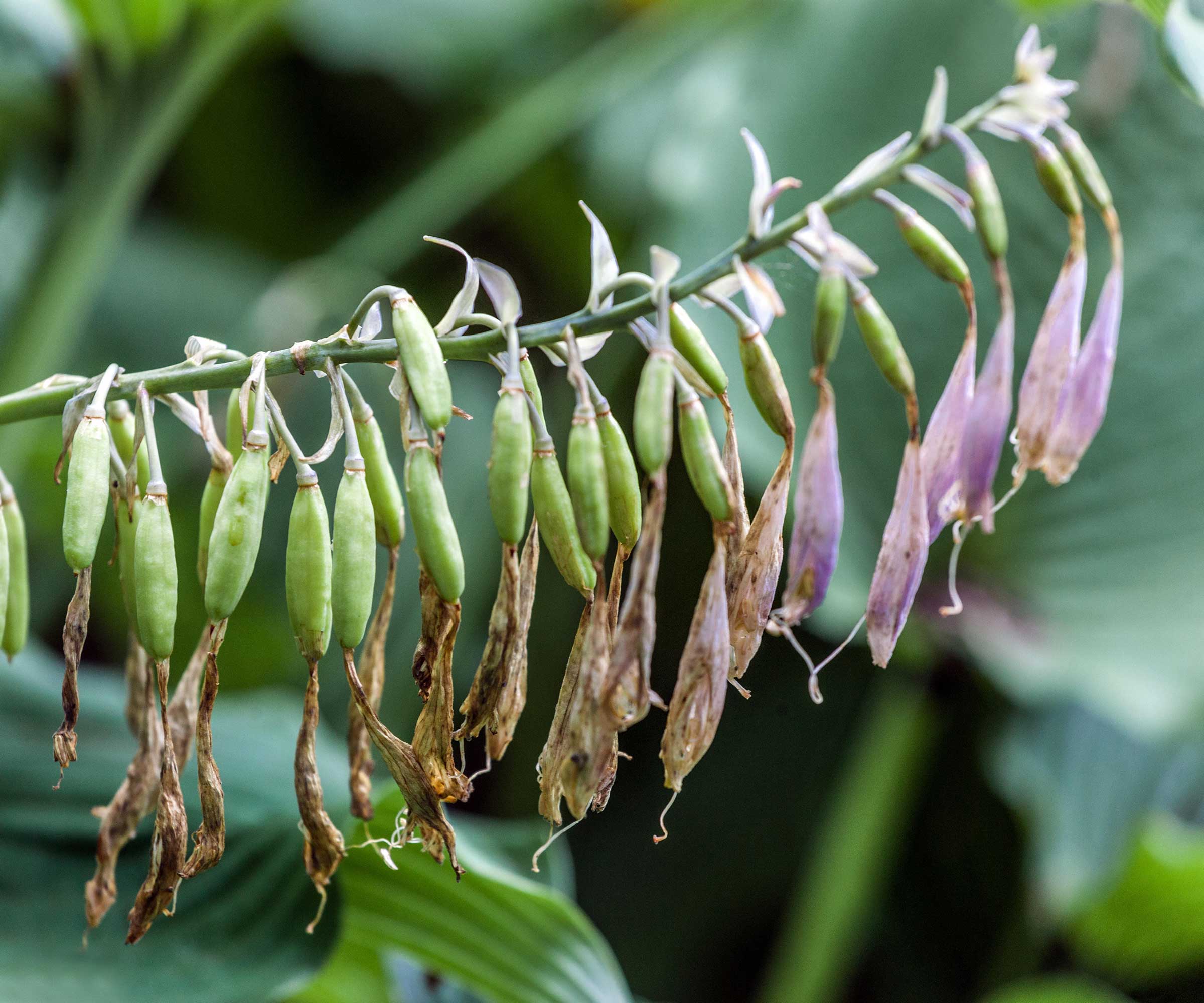
Hosta seeds can be harvested from the plants in the fall
Kiersten Rankel, an expert from plant-care app Greg, recommends starting hosta seeds indoors about 8-10 weeks before the last frost date in your area, using a light, well-draining seed-starting mix ('think fluffy and loose to encourage happy roots').
If you want to make your own mix, Nastya Vasylchyshyna, resident botany expert at Plantum, suggests combining two parts nutrient-rich soil and one part perlite. Just before you plant your seeds, Nastya advises evenly moistening and flattening the soil, but without pressing it down.
When you're ready to sow, Kiersten says to sprinkle the seeds lightly on top of the soil. 'Don't bury them deeply, just cover them very gently with a thin layer of mix, as hosta seeds prefer to be shallow,' she adds. 'Keep the soil moist and warm, around 65–75°F,' Kiersten continues, adding how seedlings will typically sprout within two to three weeks.
Ensure there is good drainage inside the seed tray, as points out Tammy Sons, the CEO of TN Nursery. Watering seedlings correctly (and not overdoing it) is also important.
Top tip: To preserve moisture in the soil, consider covering your freshly-sown seeds with plastic wrap, as Nastya suggests. 'Shortly after hosta seedlings start to sprout, remove the wrap and provide them with ample light,' she says. 'You can use special grow lights if placing the containers on a sunny windowsill isn’t possible.'
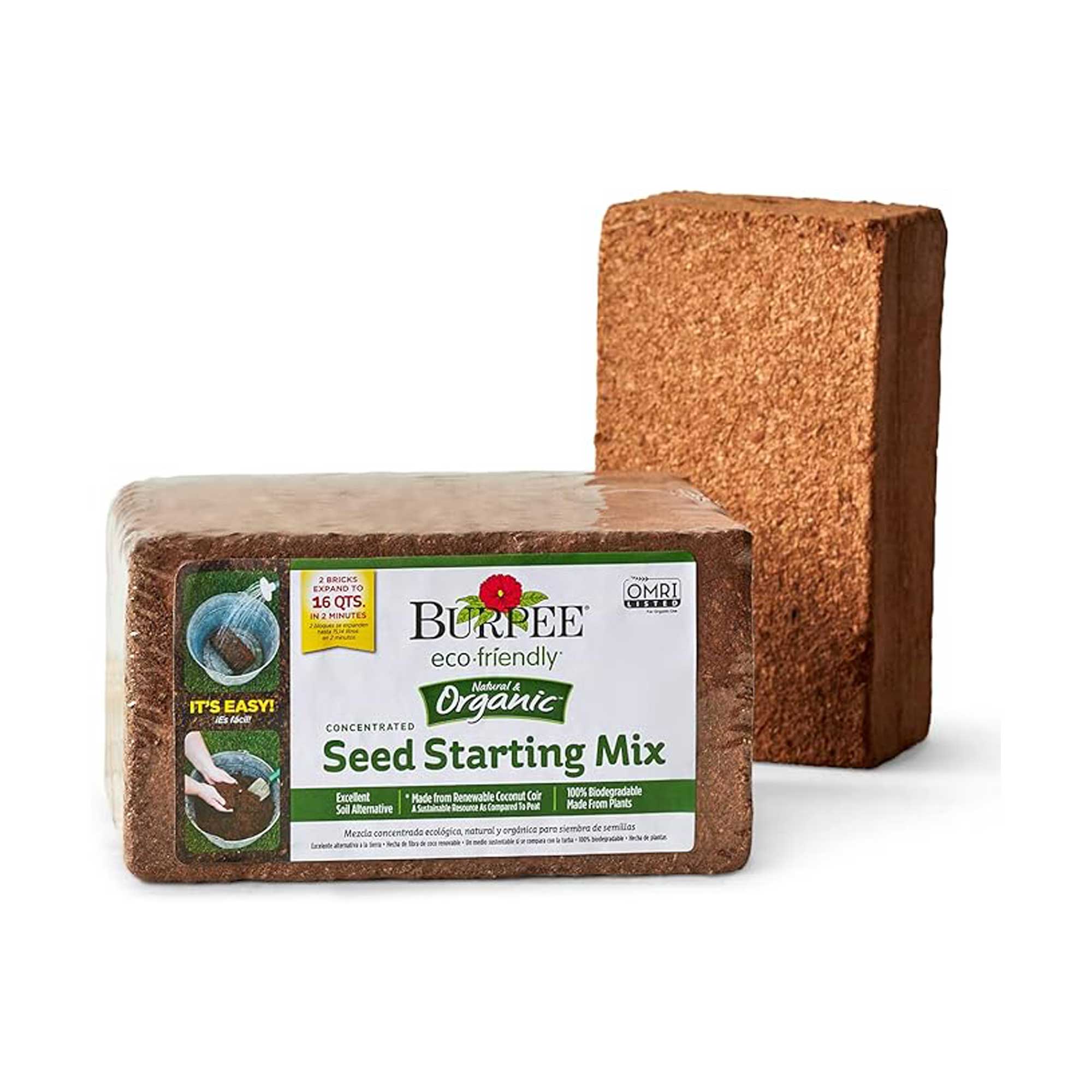
Try this well-rated, eco-friendly, moisture-retaining mix made from recycled coconut husks to start your seeds – simply add water for it to expand.
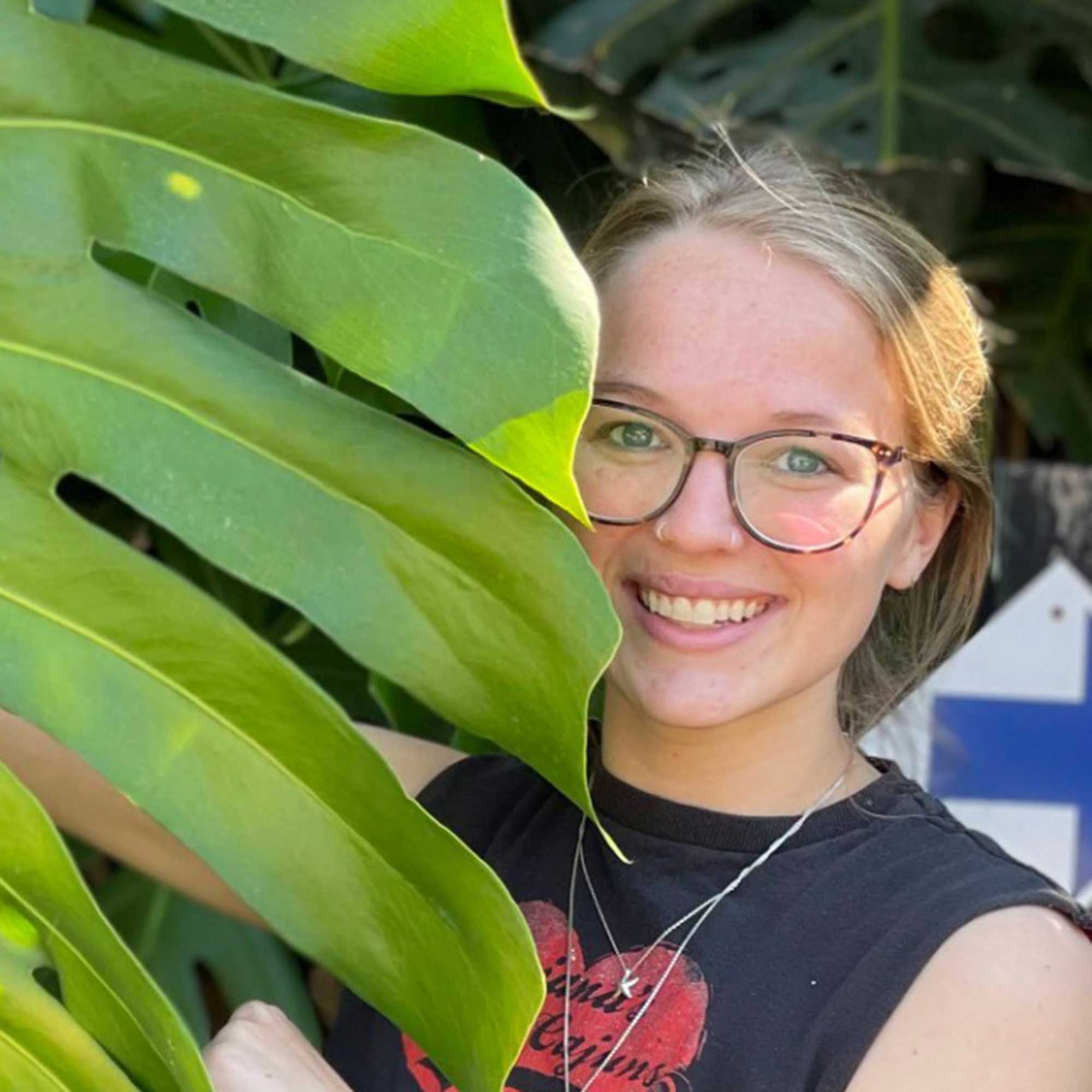
Kiersten Rankel is a certified Louisiana Master Naturalist and regularly volunteers with local community gardens and nonprofits to help restore critical ecosystems along the Gulf Coast. She earned her master's degree from Tulane University in Ecology and Evolutionary Biology after her undergraduate degree in Environmental Biology, also from Tulane. In her spare time, she enjoys hiking and tending to her 150+ houseplants and vegetable garden.

Nastya is a professional botany expert for the Plantum app that helps identify plants and plant diseases and provides care recommendations. Her specialization is plant morphology, phytopathology, and plant physiology.
Transplanting hosta seeds outdoors
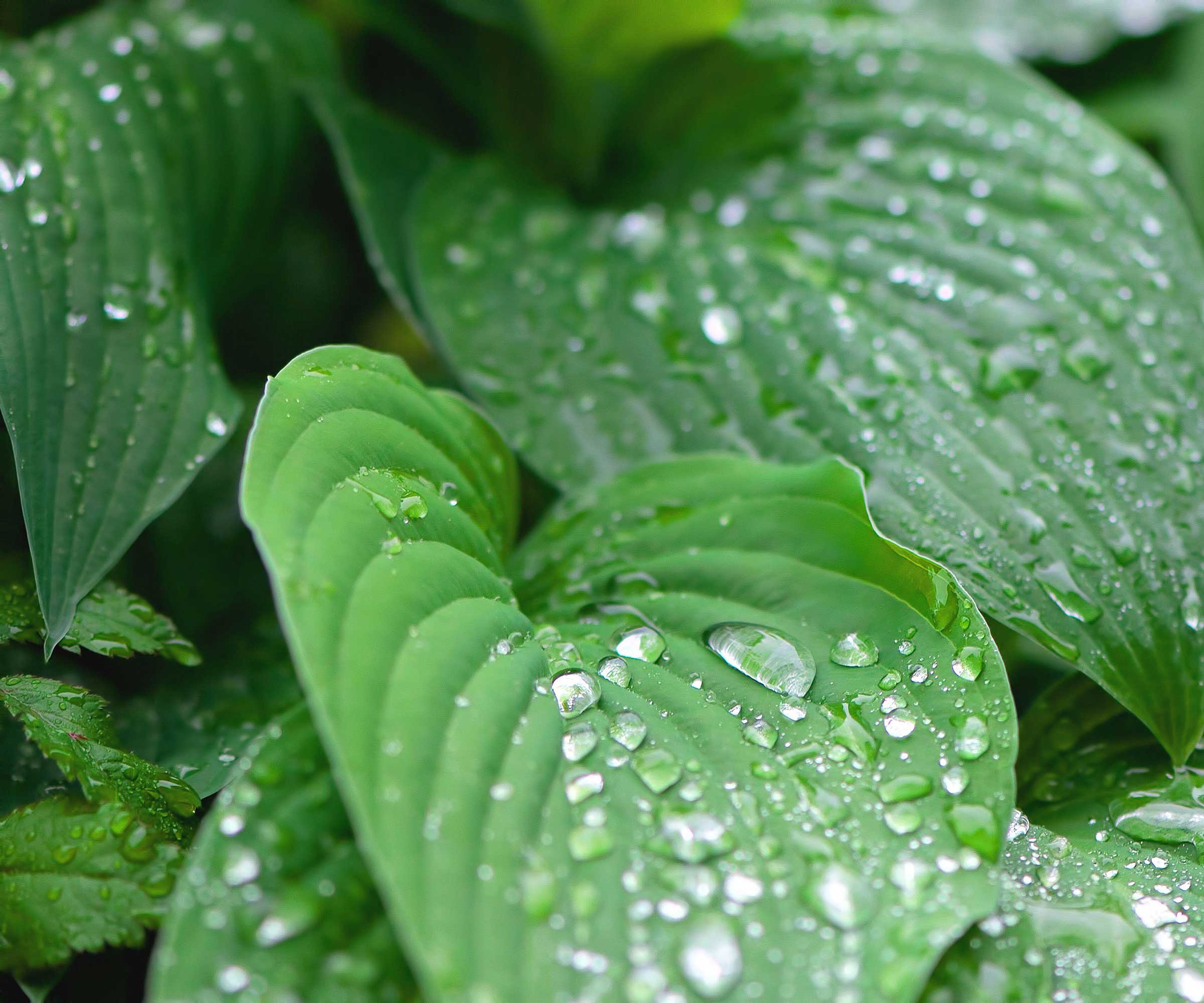
Hostas are perfect for filling gaps in borders
Move your hostas outdoors later on in spring, when all risks of frost have passed. Kiersten recommends spacing them about one to three feet apart, depending on the mature size of the variety you've chosen, to give them plenty of room to grow.
To help them thrive, be sure to choose somewhere with partial shade, and moist but well-draining soil. It's worth knowing how to get rid of slugs, which tend to be a nuisance with these plants.
Remember to harden the young plants off first, before moving them into their final position. This will help to acclimate them to their new environment, lessening the risk of transplant shock.
Collecting hosta seeds from your own plants
'The ideal time to harvest hosta seeds is when the pods turn brown and feel dry to the touch,' says Nastya. 'This typically occurs in late summer or early/mid-fall, depending on the location.'
Once the pods are ready, she says to cut them off and store them in a single layer in a dry, warm room. It may take a few days or weeks for the pods to dry completely and burst open to reveal black seeds, she adds. 'If some of the pods don’t open, you can gently squeeze them.
'Collect all the black seeds, discarding any pale ones, as they won’t germinate. Place the seeds in an envelope or fabric bag and keep them in a cool, dry spot.' As with other collected seeds, it's best to label them clearly so you remember what they are when it's time to plant. And, be sure to avoid making seed storage mistakes to keep them viable.
Top tip: According to the Royal Horticultural Society's website, hosta plants grown from collected seeds from your garden generally won't be the same as their parent, and variegation will be lost with seeds from variegated plants – something to bear in mind if you're hoping for leaves with creamy marbling or yellow streaks.
FAQs
How long do hostas take to grow from seed?
Growing hostas from seed requires patience – don't expect them to put on a lush display in your yard for a while. As Nastya highlights, hostas are pretty small and have tiny leaves in the first year after planting, and will generally reach mature size in two to four years.
Can you sow hosta seeds directly outdoors?
Sowing seeds directly can have less predictable outcomes as the environment is less controlled, but it is easier and saves space. According to Nastya, for areas with mild winters, you can plant hosta seeds directly in the ground after the risk of frost has passed and the soil has warmed up.
Growing hostas from seed can be a fun challenge if successful. As Tammy says, 'Every second spent observing the tiny green sprouts develop into mature leafy plants feels completely rewarding.'
But, if you have established plants in your garden, it's worth knowing that it's also possible to propagate hostas by division. This will give you much quicker results than growing them from seed, and is just as budget-friendly. Plus, it will also benefit the clumps of congested plants, making them stronger and healthier.
Sign up to the Homes & Gardens newsletter
Design expertise in your inbox – from inspiring decorating ideas and beautiful celebrity homes to practical gardening advice and shopping round-ups.

Holly started writing about gardening five years ago, and she is a regular contributor to Homes & Gardens. She has also written many gardening features for Woman & Home and Real Homes, too. She has previous experience as a professional gardener, where she helped to plant and maintain private gardens. Holly has also looked after allotment plots over the years and loves to grow her own flowers and veggies from seed. In her spare time, she enjoys visiting local gardens, botanical drawing, and tending to her ever-growing collection of houseplants.
You must confirm your public display name before commenting
Please logout and then login again, you will then be prompted to enter your display name.
-
 I’m an HVAC technician, and this is when I turn my AC on each year – plus 5 checks I always do beforehand
I’m an HVAC technician, and this is when I turn my AC on each year – plus 5 checks I always do beforehandSave yourself an AC hassle by running my checks and turning it on before big heat hits
By Josh Mitchell Published
-
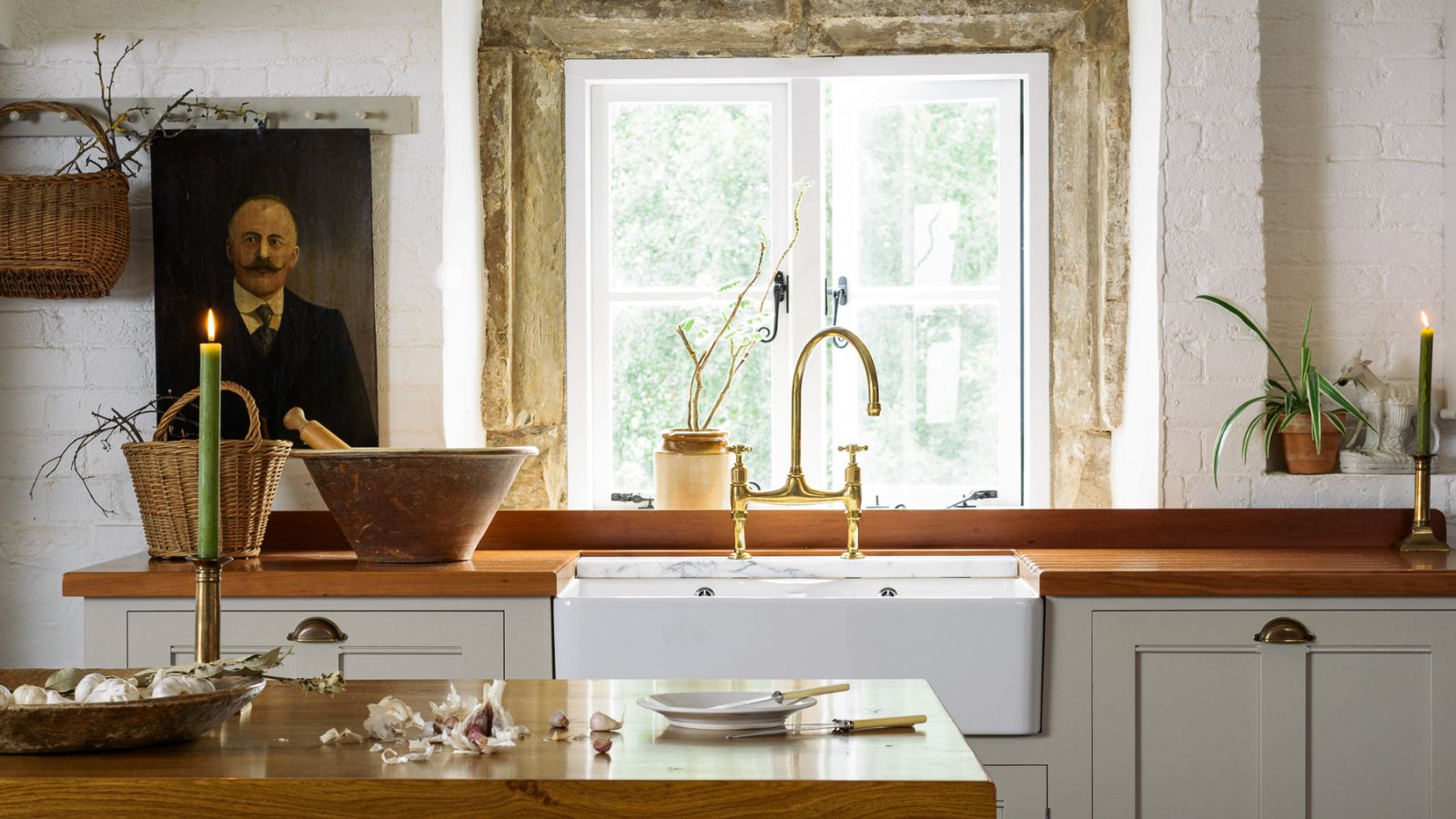 This simple marble hack elevates my budget-friendly wooden kitchen countertops and prevents the dreaded water damage for way less than you’d think
This simple marble hack elevates my budget-friendly wooden kitchen countertops and prevents the dreaded water damage for way less than you’d thinkThis design trick looks expensive, solves a problem, and was the easiest decision I made during my kitchen reno
By Charlotte Olby Published